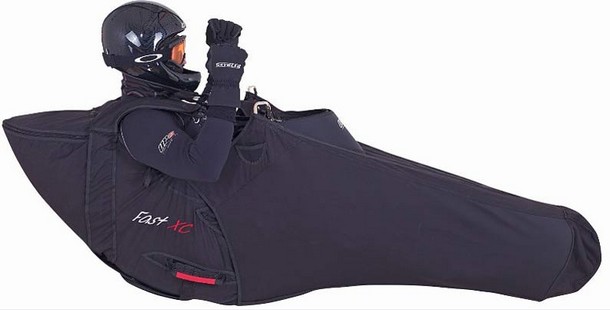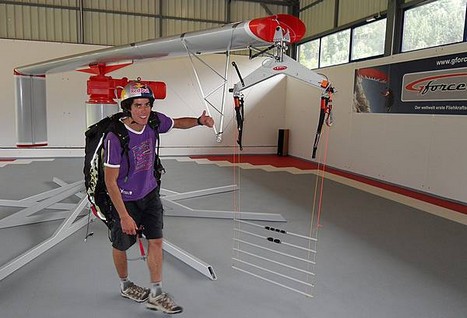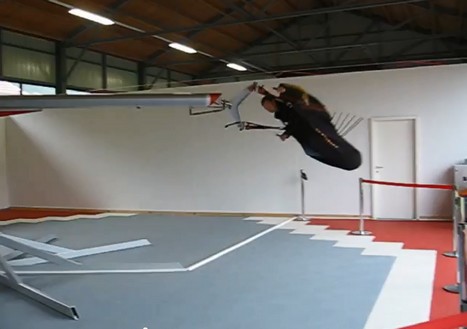|
About this article The DHV look at six pod harnesses and discover some safety issues. The report raises questions about the suitability of pod harnesses for recreational pilots. There's no date on the report but it was probably put together around 2012.
About the DHV report Recreational paraglider pilots who don’t need top performance should “carefully consider” whether they need to fly a pod harness, the DHV has said. In the report published on the DHV website the German Hang Gliding and Paragliding Union say they have tested six models of pod harnesses and conclude: "The product concept pod-harness has several systematic safety problems. Recreational pilots without the need for top performance should carefully consider if the additional risks inherent in flying with such a harness are really necessary for them to enjoy the sport".
The leg loop systems and back protection also came under scrutiny.
Advance Impress 3
"The latest pod harnesses are generally very expensive, are heavy and voluminous, more complicated to setup and adjust, and require more attention to detail when checking for airworthiness due to their complexity and the use of fiddly components. In addition, pod harnesses can hinder pilots during takeoff and severely influence (increased twist danger) reactions to collapses and extreme flight manoeuvres".
"Performance gains while flying through reduced wind resistance are only possible when pod harnesses are carefully setup and aligned to the direction of travel. At a glance the advantages may appear clear, but the non-trivial setup is often ignored and results in no effective gain".
|
|
|---|---|---|







